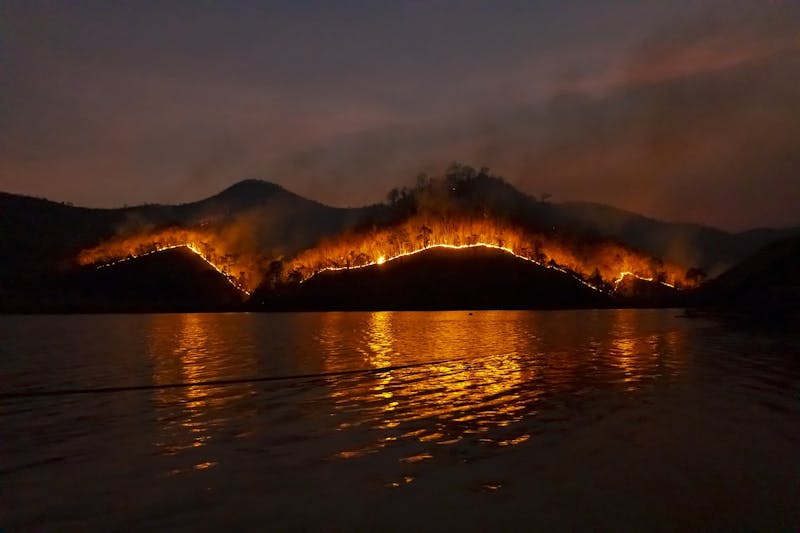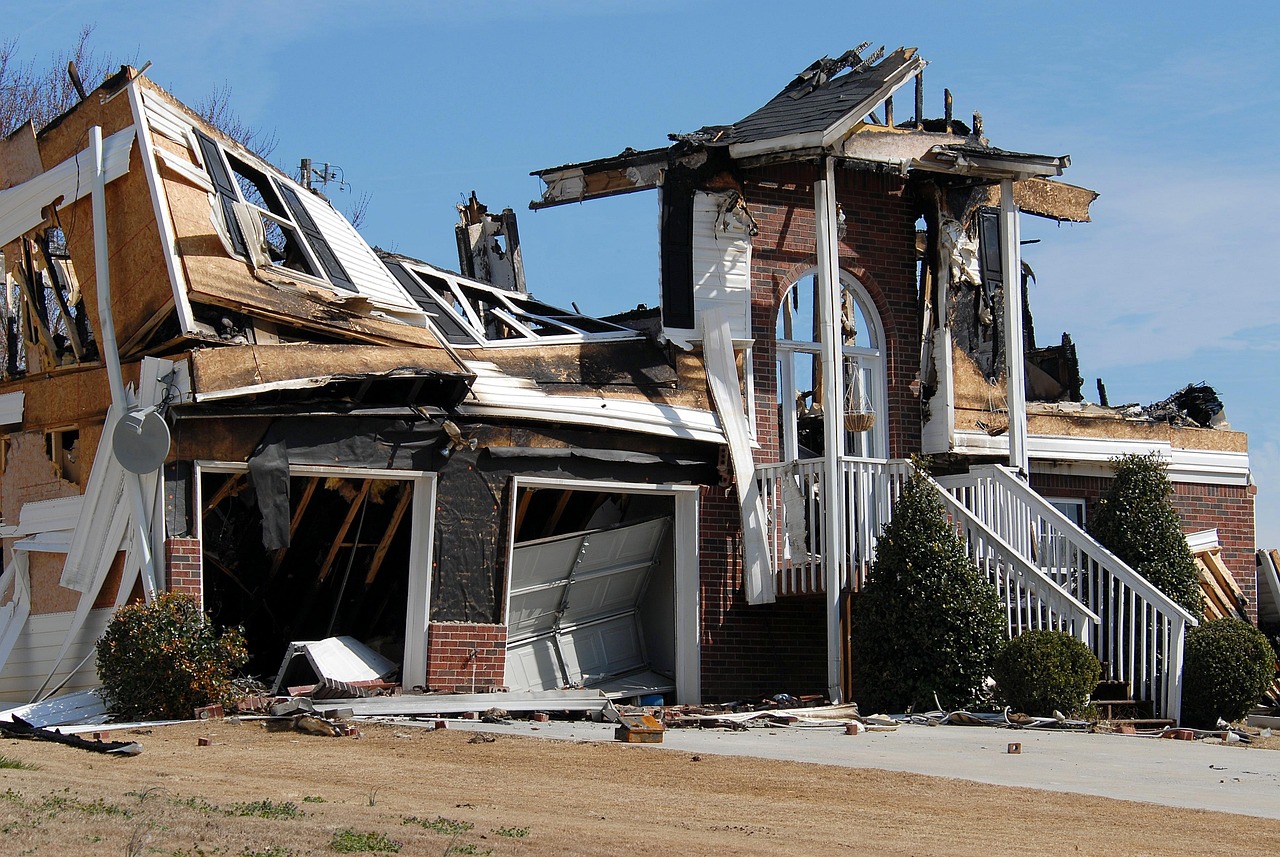
In the United States, wildfires are becoming more common and more dangerous. Many states, including Colorado, Texas, and Florida, are experiencing problems due to fires that destroy homes, increase insurance costs, and make coverage harder to obtain. The effects of climate change in 2025 are likely to be a concern for homeowners in some of these states.
The Bigger the Wildland Fire in Colorado, the Higher the Cost
New laws have been passed in Colorado to help homeowners after big wildfires. After the East Troublesome Fire in 2020, lawmakers made rules to help people get insurance claims processed faster, give them more time to rebuild, and make sure insurance companies are being fair
Colorado has had some of the worst wildfires in recent years. The East Troublesome Fire in 2020 burned down 555 buildings and caused about $543 million in damage. Because of this, many insurance companies are now extra careful. Some have stopped offering coverage in risky areas, while others have made their prices go up a lot.
What can homeowners do to stay safe in their homes?
- Check Your Insurance: Make sure your insurance will pay for the full cost of rebuilding your home.
- Make Your Home Safer: Some insurance companies give discounts if you use fire-resistant materials and clear plants and trees away from your house.
- Look for Help: Colorado has state-backed insurance for people who can’t get private coverage.

In Texas, wildfire risks are on the rise
Texas is known for hurricanes and tornadoes, but wildfires are also becoming a big problem. The loss from wildfires in Texas is the third highest in the country, amounting to about $240.3 million per year. During the Windy Deuce Fire of 2024, more than 143,000 acres were destroyed, resulting in damage worth more than $3 million.
Many homeowners in wildfire-risk areas are losing insurance or facing steep rate increases. Insurance companies now require proof that homeowners are taking steps to reduce fire risks, such as maintaining defensible space around their homes. The Texas FAIR Plan Association (TFPA) offers last-resort insurance for those who cannot find private coverage, but it often comes with higher costs and fewer benefits.
Wildfires in Florida: What You May Not Know
Most people think of hurricanes when they think of Florida, but wildfires are also a big danger. Florida is second only to California in wildfire damage, with an estimated $269.3 million in losses per year. Looking at year fire history, dry weather and thick forests make fires spread fast. In 2024, the Hinson Fire in Lake County burned over 2,300 acres and caused $400,000 in damage. Smoke and haze from wildfires in Florida also contribute to air quality issues, affecting both residents and businesses.
Challenges for Florida Homeowners
- Insurance companies are removing wildfire coverage from some policies, just like they’ve done with hurricanes.
- Many people are now forced to use Citizens Property Insurance Corporation, Florida’s state insurance program.
- New Building Rules: Some insurance companies now require homeowners to use fire-resistant materials to stay covered.
How to Protect Your Home and Insurance
No matter where you live, you can take steps to protect your home and make sure your insurance is still good:
- Check Your Insurance Plan: Make sure it covers the full cost to rebuild your home, not just what it’s worth right now.
- Make Fire-Resistant Upgrades: Some companies give discounts if you install fire-resistant roofs, vents, and clear brushes from your yard.
- Think About Extra Coverage: Extended replacement cost insurance can help if rebuilding costs are more than expected.
- Plan Ahead: If your insurance company stops covering wildfires, start looking for a new policy before yours runs out.

Contact Us Today
If you’ve been affected by the recent fire damage to your property, don’t wait to get the help you need. Contact us at Vargas, Gonzalez, Delombard, LLP to schedule a free consultation. We’ll help you protect your rights and get the compensation you deserve.

